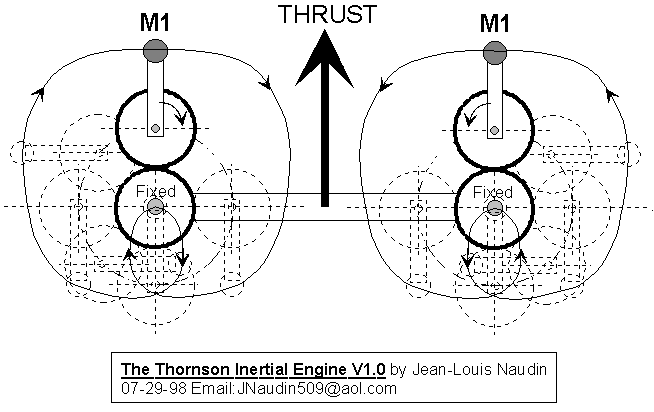Originally posted by Dingus
View Post
Dingus:
One setup similar to Thornson´s device is the proposal of the Double pendulum Hammer.
I have a thread open:
http://www.energeticforum.com/renewa...um-hammer.html
The pendulum takes advantage of the second pendulum to thrust it up and probably we will have some free energy from the hammer hit or from some shaking magnets battery charger installed in the triangle frame.
We need to use some kind of latch and locks controlled by infrared switch.
It is one idea that may work.
It belongs to the world, your opinion is important.
David








Comment